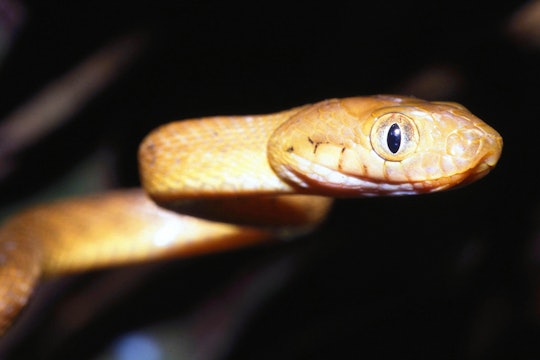How an interloper snake decimated Guam's delicious wild chilies
The snakes don't eat chilies. The connection: birds
Take several steps into the karst limestone forest on Guam and pause. You notice something, but you might not be able put your finger on it for a couple of seconds before it hits your senses: the forest is silent. No birds call to each other from one tree to another. No flutter of wings catches your peripheral attention.
After World War II in the late 1940s, brown tree snakes were accidentally introduced to Guam, in the Mariana Islands in the Western Pacific Ocean. The snake spread rapidly across the island around the same time that native land birds on Guam started to mysteriously disappear. It wasn't until the 1980s when scientists made the connection between the loss of birds and the invasive snake, and today 10 out of 12 native land birds have been eradicated from Guam, with the other two species' populations severely reduced.
Luckily, three nearby islands (Rota, Tinian, and Saipan) have been spared from a brown tree snake invasion and still have relatively intact bird populations. The functional loss of birds on Guam has had cascading effects for the forest ecosystem that scientists are just starting to unravel.
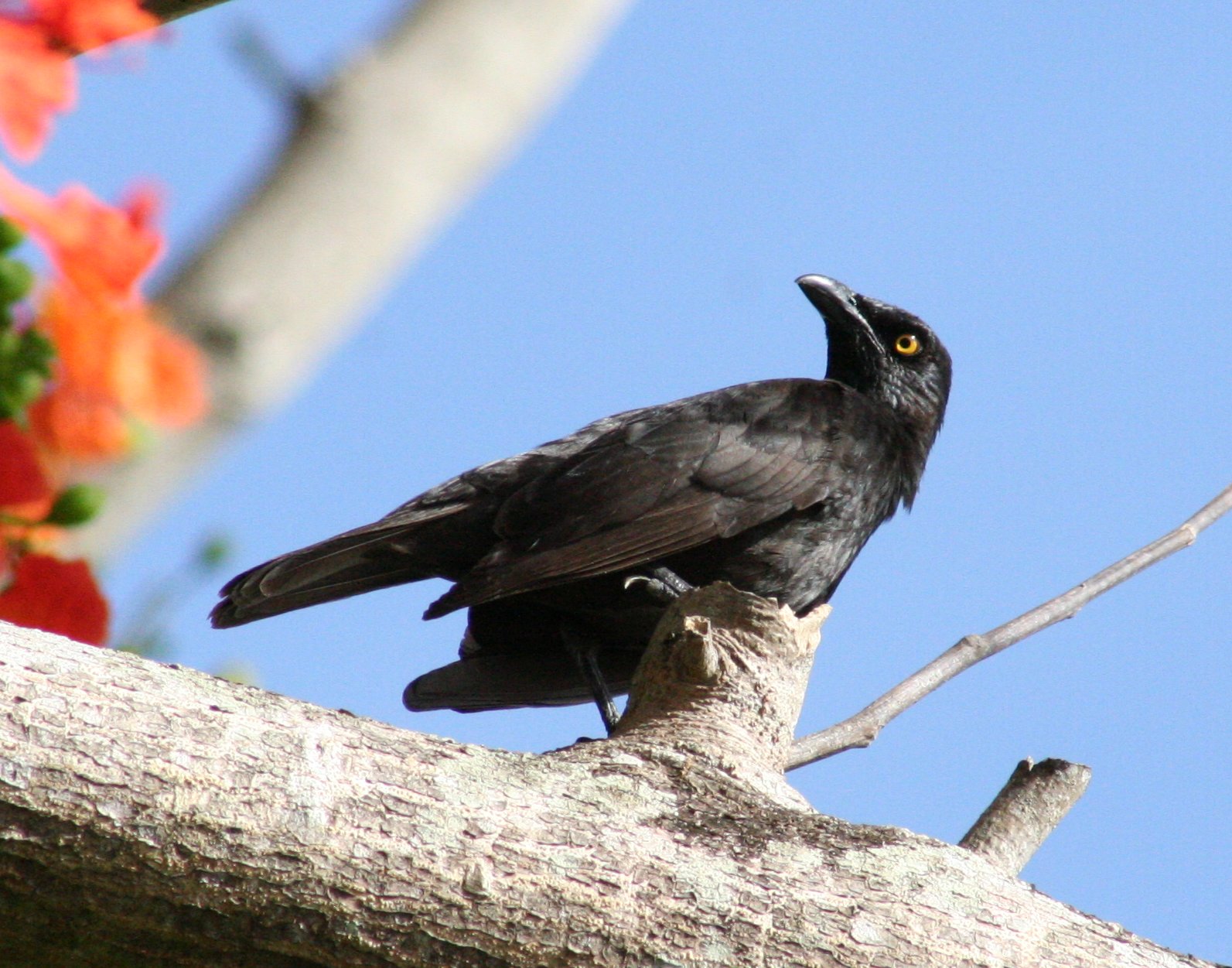
Peter / Flickr
Recent research published in Ecological Applications capitalized on this accidental natural experiment to study the role that birds play in seed dispersal, and in maintaining the Mariana Islands' economically and culturally important plant, the donne' sali chili. The study found that birds and chili plants are strongly linked: we need birds to eat the chili fruits and defecate the seeds in order to have more chili plants in the forest. This is evident on Guam, where the loss of birds has led to a decline in the abundance of wild chili plants on the island.
The research is part of the Ecology of Bird Loss Project, started by study co-author Haldre Rogers, now at Iowa State University, to examine how a lack of birds on Guam impacts the forest community. Rogers and her team have found that without functional native bird populations on the island, spider abundance increased on Guam and seedling growth has declined between 60 to 92 percent.
I was a field assistant with this project in 2009 and 2010 and can vouch for the spider increase; getting a spider in my hair wasn’t uncommon. But no one had yet examined the interaction between the disappearance of birds on Guam and a plant important to the culture of the Mariana Islands.
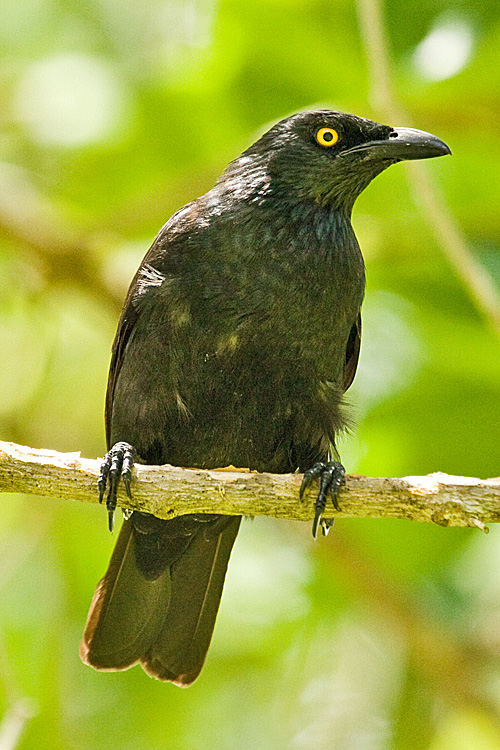
Micronesian starling
Tony Morris / Flickr
The donne' sali chili is a wild chili plant found in the island chain. Because the chili is difficult to farm, and supposedly less spicy when farmed, local people harvest the chilies from the islands' forests. It is a prominent ingredient in local cuisine, and the whole peppers and sauces are sold in local stores. Sali in the chili plant’s name refers directly to the Micronesian starling, a native bird in the Mariana Islands, because of this bird’s locally known connection with the chili. But before this research, the chilies' ecological dependence on the starling had never been quantified.
Enter Monika Egerer, lead author of the new study and a then-undergraduate student from Kalamazoo College in Michigan. She was excited about the dual aspects of the bird loss project – studying the link between birds and chili peppers, as well as the people that consume and sell these peppers. That the project “can touch people from different perspectives is the most compelling [thing] about this research,” she says.

Monika Egerer
Very few studies have looked at the connection between birds and the ecosystem services they may provide for culturally important species. We are used to hearing about wetlands providing ecosystem services for filtering water or limiting the extent of devastating hurricane damage. And we associate bees and other pollinators with the important ecosystem service of fertilizing crops. But less-talked-about frugivorous birds, birds that primarily eat fruits, also provide ecosystem services by dispersing seeds, or in some cases, because a seed requires passage through a bird’s gut in order to germinate.
Egerer, Rogers, and Evan Fricke, a postdoctoral researcher at Iowa State, chose specific methods to figure out the link between birds and the local chili species. First, they had to determine if birds in the Mariana Islands are the primary dispersers: do they eat the chilies? To answer that question, they set up video cameras in front of a group of chili plants on Saipan, one of the islands with an intact bird community, to record what, if anything, eats these chilies. They found that several species of native birds ate the chili fruits, including the Micronesian starling.
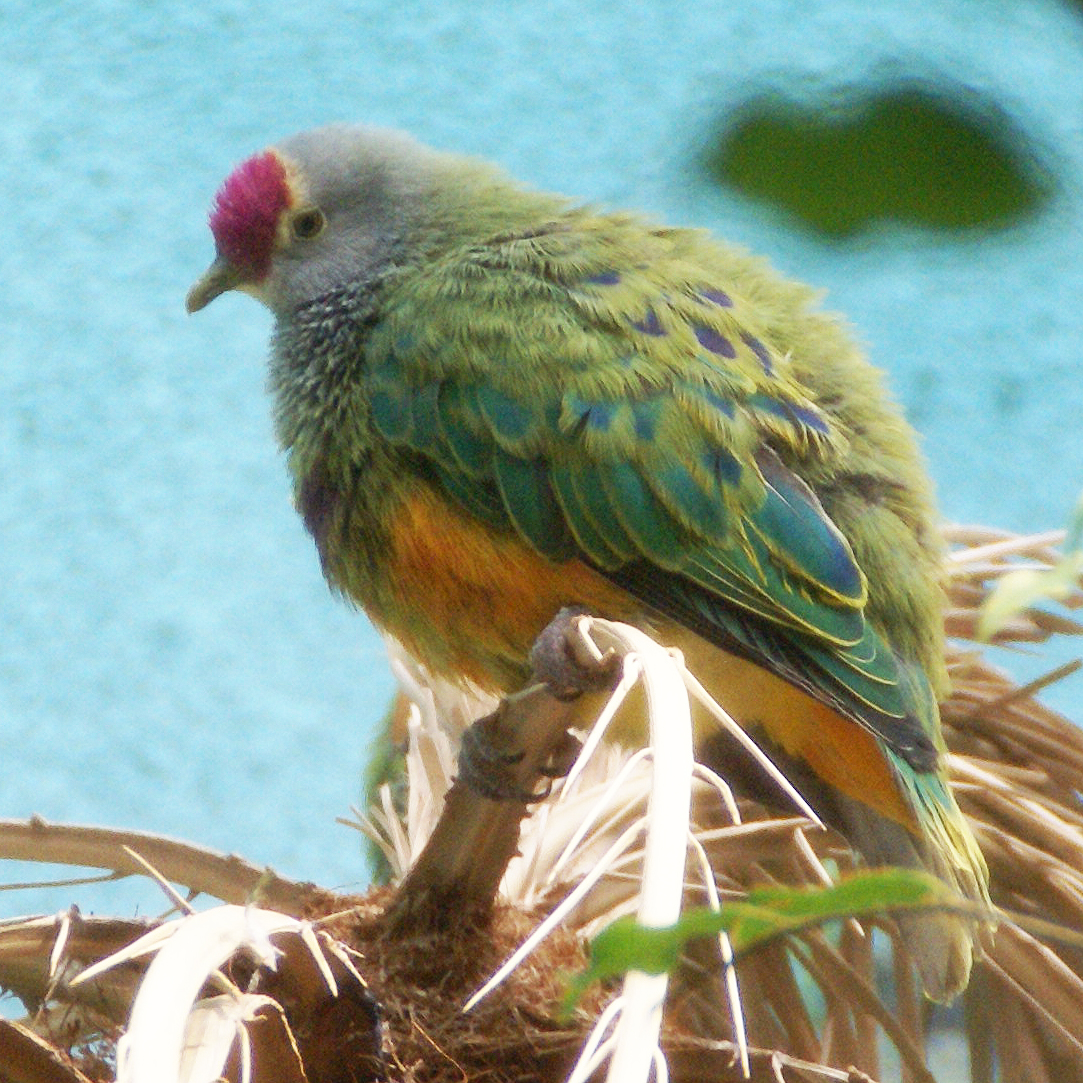
Mariana fruit dove
Laura Wolf / Flickr
The researchers then asked if the birds' consumption of the chilies affected germination. To do this, they used four species of captive native birds that are currently found on Saipan Island and were formerly found on Guam. The Mariana fruit doves and Micronesian starlings ate the fruits most readily, and the researchers then collected the seeds that passed through the guts of these birds. They carefully planted these gut-passed seeds and and compared their growth to seeds collected from wild chili fruits. They found that seeds passed through the gut of a bird germinated quicker and at a much higher proportion. Plus, a greater proportion of seeds passed by Micronesian starlings germinated compared to seeds passed by Mariana fruit doves.
Chili abundance surveys – walking transects and counting the number of chili plants present in a given area – were completed on all four of the Mariana Islands. The researchers weren’t surprised with the result: fewer chilies were present on Guam compared to the islands with birds. In fact, it was very difficult to find chilies on Guam. When the researchers asked local chili harvesters where to find them, they pointed them toward the Andersen Air Force Base, a U.S. military base where the last remaining population of Micronesian starlings lives.
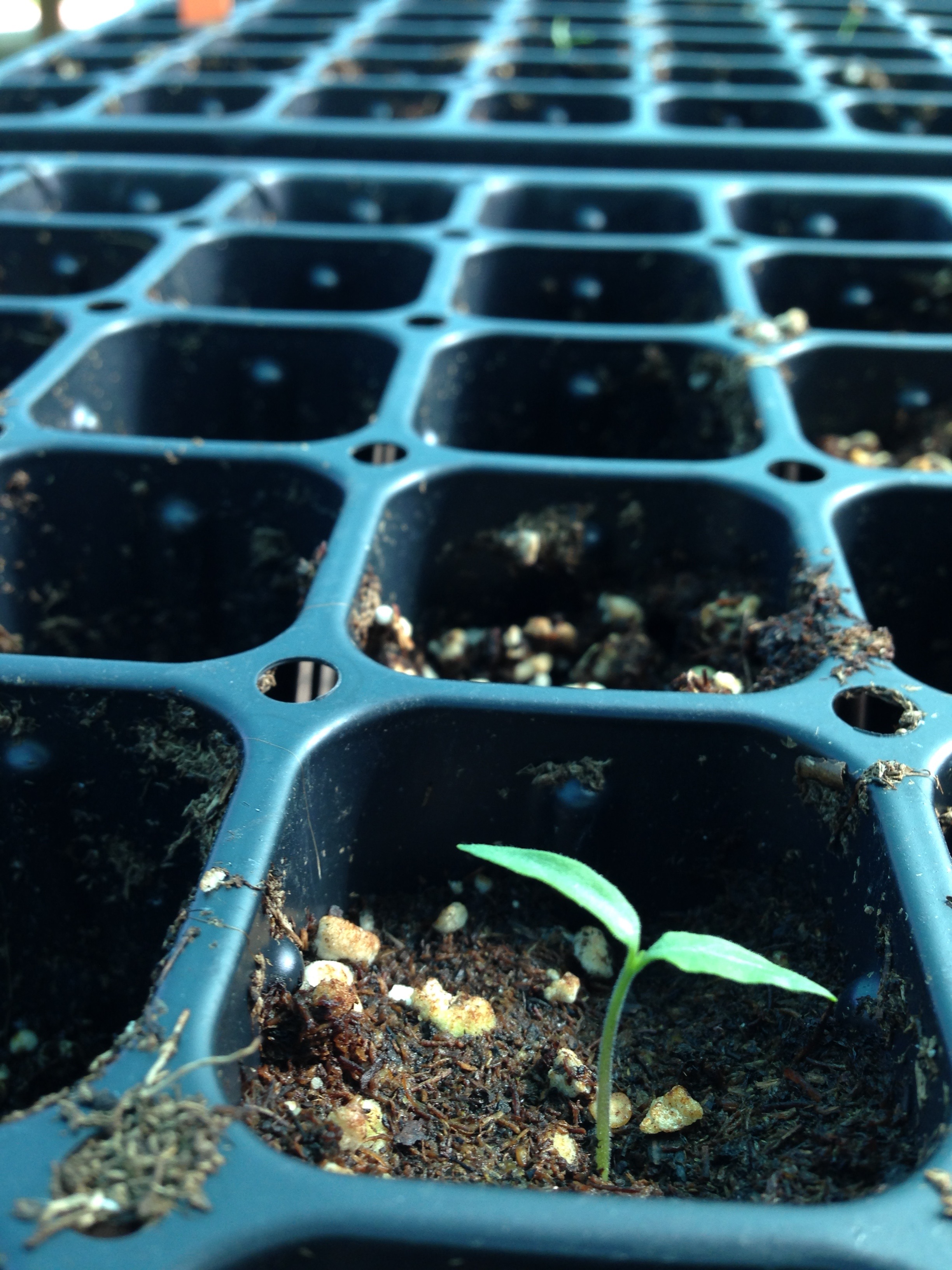
Monika Egerer
To understand the economic importance of this native chili pepper, Egerer surveyed local farmers' markets to record the price of chili products produced in the Marianas and to identify whether they were from cultivated or wild chili species. She also visited supermarkets and local neighborhood stores to interview willing residents on whether they knew about the wild chili, if the chili was important in the Marianas, and if they knew what consumed chilies in the forest. More than 65 percent of the surveyed people said that the chili was important to the culture of the Mariana Islands and more than 53 percent reported that the wild chili provides an important source of income for some residents. The island of Tinian, where birds still thrive, hosts an annual Hot Pepper Festival which provides major tourism revenue for the island.
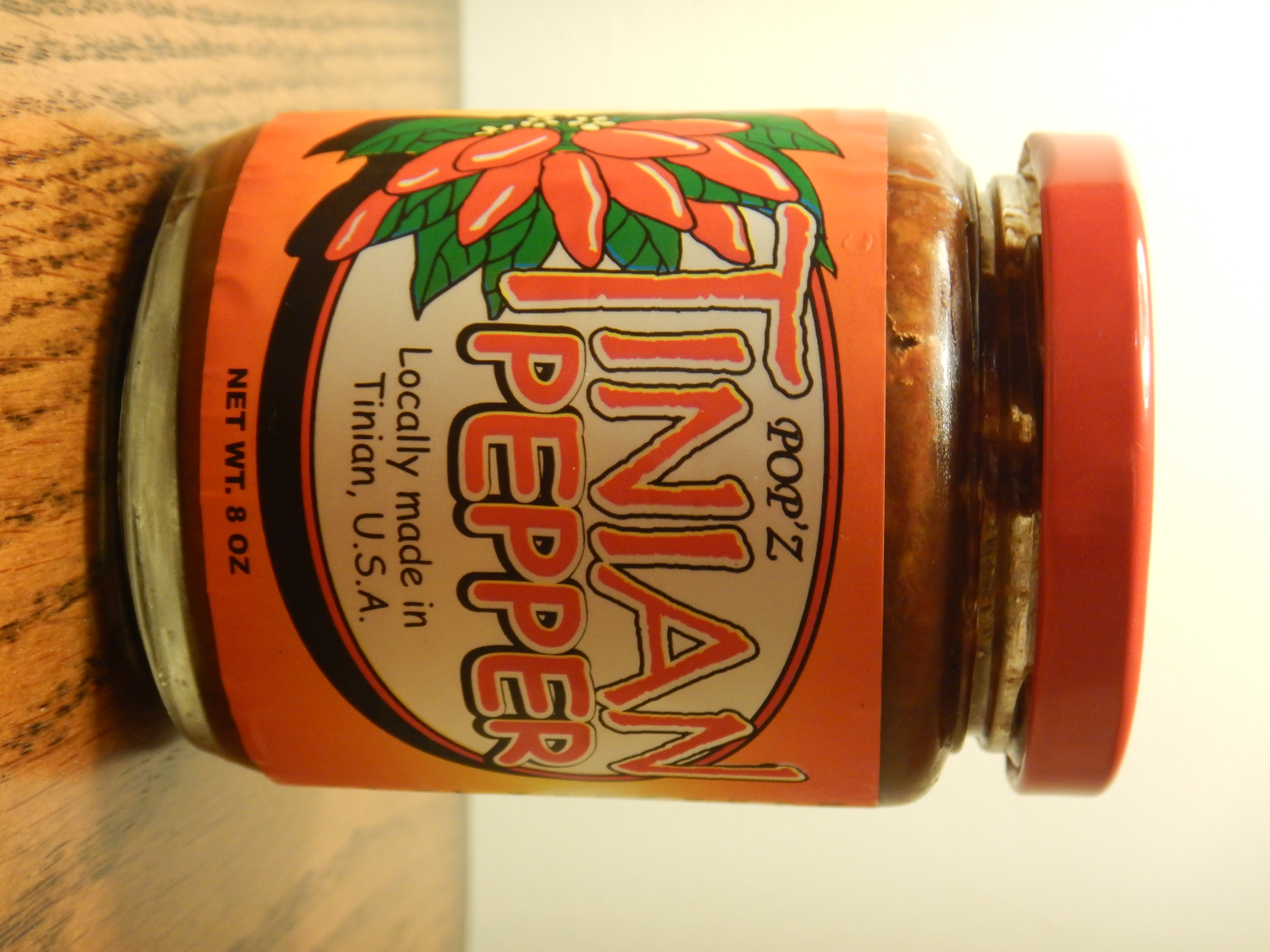
Jenny Howard
There is a glimmer of hope: a recent project on Guam has installed brown tree snake-resistant nesting boxes in an effort to increase the Micronesian starling population, already helping 200 starling chicks fledge, an effort that could, in the long run, help revive the island's chili plant. In the meantime, Tinian, Saipan, and Rota still have wild chilies, thanks to their wild bird populations. With hard work to try to actively control the brown tree snake population on Guam (most recently with drug-laced mice parachuting out of the sky) and a little bit of luck, we can keep the brown tree snake from invading other islands in the Marianas.
